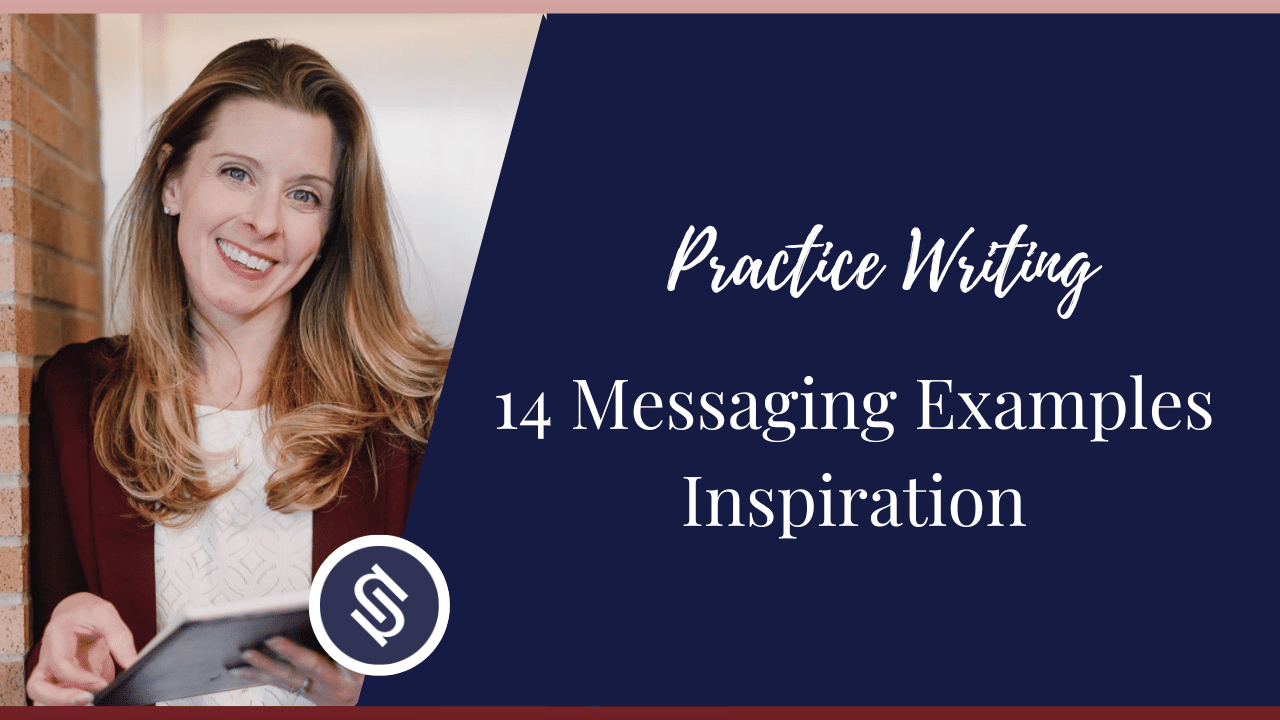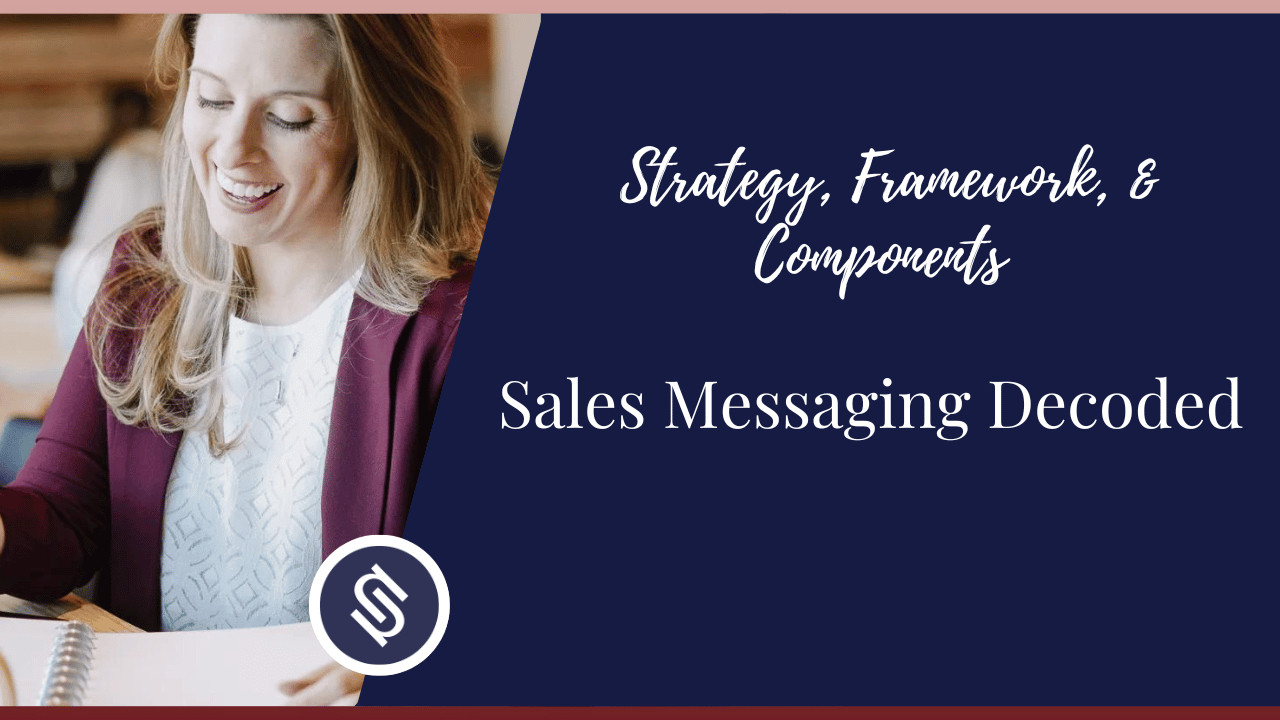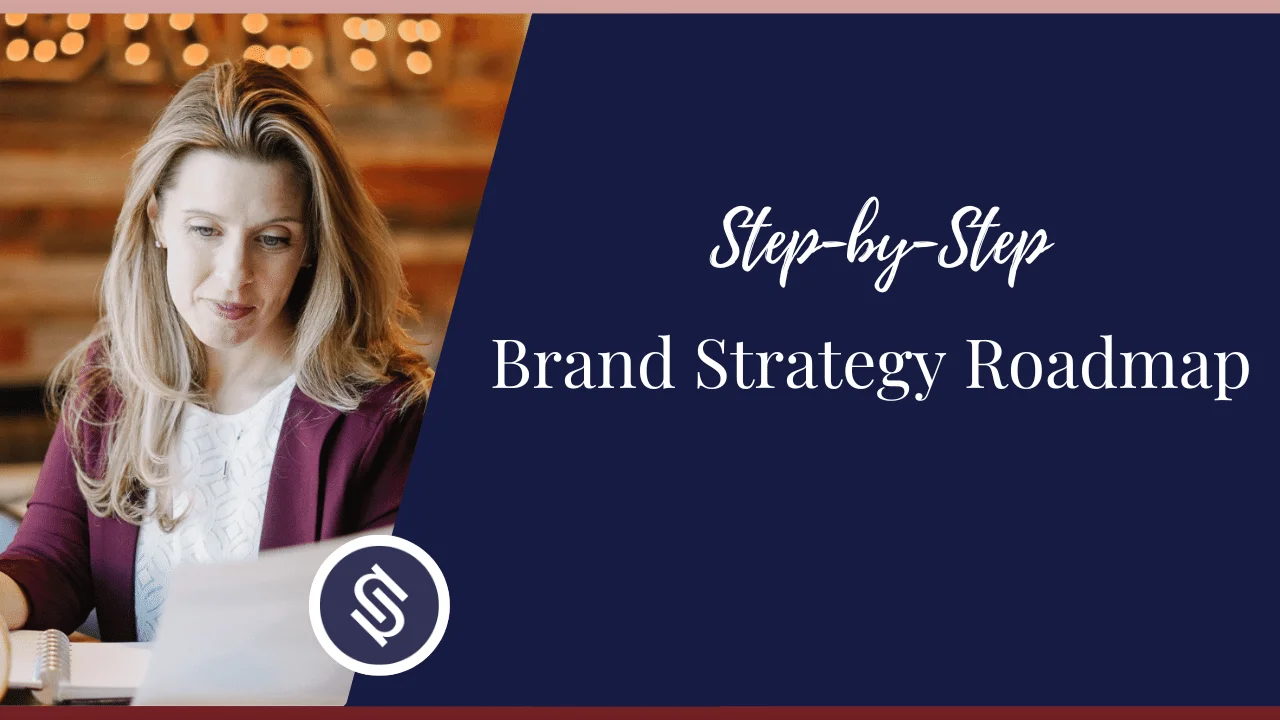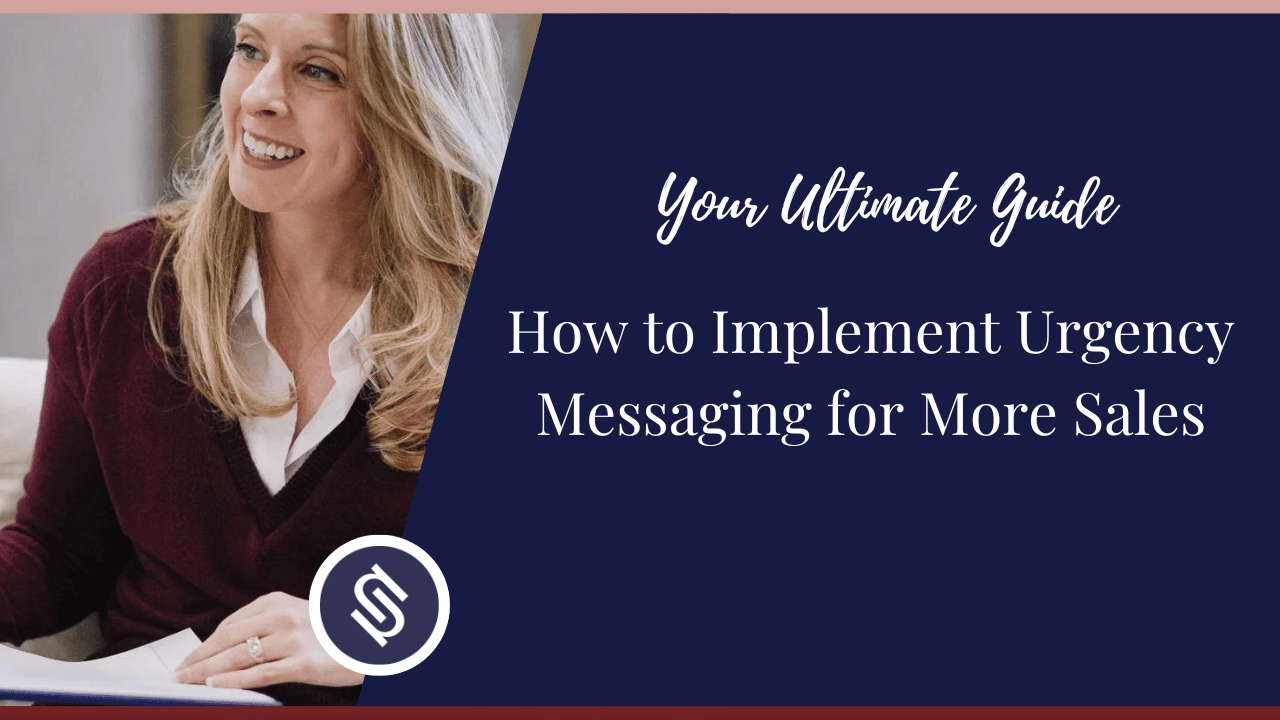If you’re trying to learn brand messaging by looking at practical messaging examples from popular brands, you’ve come to the right place.
I’m Nora Sudduth, a business coach and brand messaging strategist with a proven track record in selling $500M+ of products and services.
In this blog post, I’ve curated some of the most powerful messaging examples and shared my personal take on their efficiency.
I trust you’ll find this helpful and get inspiration for your brand messaging. If you need more than that, consider my coaching service, and together, we can make your brand messaging shine, engage, and convert.

What is Key Messaging?
Key messaging refers to the core ideas a brand consistently uses to define its values and appeal to its audience.
It includes specific phrases or concepts that communicate:
- What the brand offers
- What it stands for
- Why it’s different from competitors
Effective key messaging keeps all brand communications cohesive. It helps consumers understand and remember your brand’s identity and values while shaping how they perceive and interact with it.
Why Does Every Brand Require a Key Message?
Consumers buy from those they know, like, and trust. A key message helps audiences understand why your offer is their go-to choice. Repeated clearly and consistently, it makes people feel like they know you and can trust what you stand for.
The more you share your key message, the more chances you have to find your tribe, the people who resonate with it the most. This clarity and repetition build a strong connection, turning casual consumers into loyal advocates.
That’s why, as a creator, you have to formulate a key message for your brand.

Brand Messaging Examples
Brand messaging refers to your core value proposition and language across all marketing channels. The branding message examples below show how different brands communicate their personality, promises, and benefits through specific messages, language, and tone.
B2B Brand Messaging Examples
Business-to-business brand messaging focuses on building trust and long-term partnerships. It targets specific business needs, emphasizing the value of products or services and ROI (return on investment).
Let’s see what this means in practice.
1. Slack
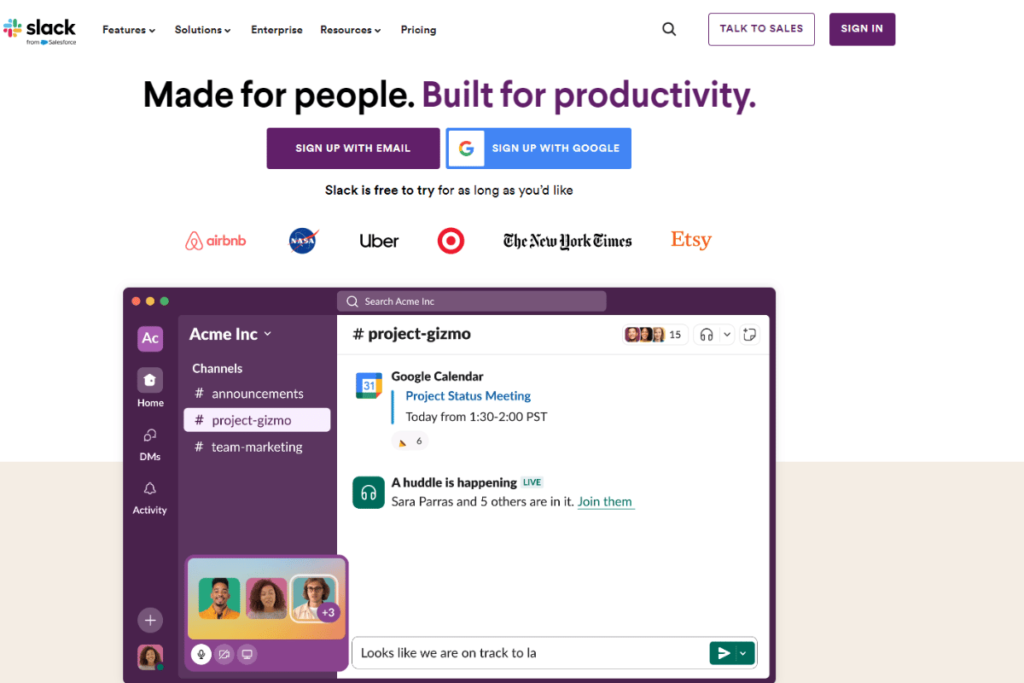
Slack is a work communications platform with the slogan “Where work happens.” Its B2B brand messaging illustrates the company’s role as a central hub for daily communications and how it reduces the need for meetings and emails.
Beyond promoting its functional prowess, Slack does an excellent job engaging its audience on Instagram. On that platform, it goes beyond product promotion to humanize its brand and claims to be
“On a mission to make your working life simpler, more pleasant, and more productive.”
Their account features engaging tips, relatable clips, and insights into the team behind the technology. This company message example and the way it’s delivered illustrates Slack’s corporate culture and values, deepening trust and strengthening relationships with business clients.
2. Synthesia

Synthesia is an AI video maker that allows companies to turn plain text into videos. Messages like “Create studio-quality AI videos from text” and “Turn text to video in minutes” highlight its technology’s ease of use and time-saving benefits.
On YouTube, where it also hosts a video podcast, Synthesia demonstrates these capabilities through detailed tutorials and product updates. Captions like “All you need to convince yourself—or your boss—that Synthesia is going to make your video work a heck of a lot smoother” reinforce Synthesia’s brand messaging.
Equally important, the company engages in ethical discussions and positions itself as a forward-thinking leader in synthetic AI. Its CEO doesn’t shy away from talking to the press about it and spreading its brand messaging in the process.
B2C Brand Messaging Examples
Business-to-consumer brand messaging focuses on emotional appeal and personal benefits. It aims to connect with consumers emotionally by showing how a product or service can enhance their lives, evoke feelings, or fulfill desires.
Often, B2C brand messaging uses storytelling, engaging visuals, and relatable language to resonate more deeply with individuals, as you’ll see in the following examples:
3. Kickstarter
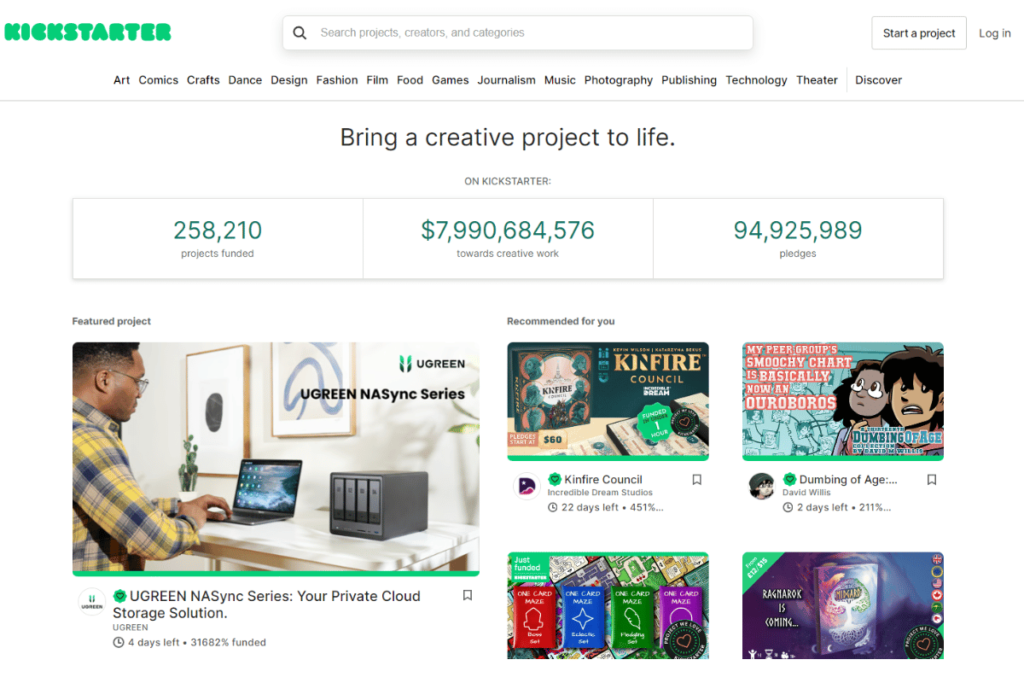
Kickstarter offers a platform for creators to showcase and fund their projects, emphasizing the power of individuals and community support.
Their core message, “Bring a creative project to life,” underlines the emotional connection and personal impact backers experience by supporting projects. And their branding encourages authenticity and independence, advocating for creator control without corporate constraints.
Additionally, Kickstarter emphasizes community involvement, urging backers to spread the word. This popularization helps projects thrive and promotes a culture of creativity and innovation.
4. Innocent Drinks
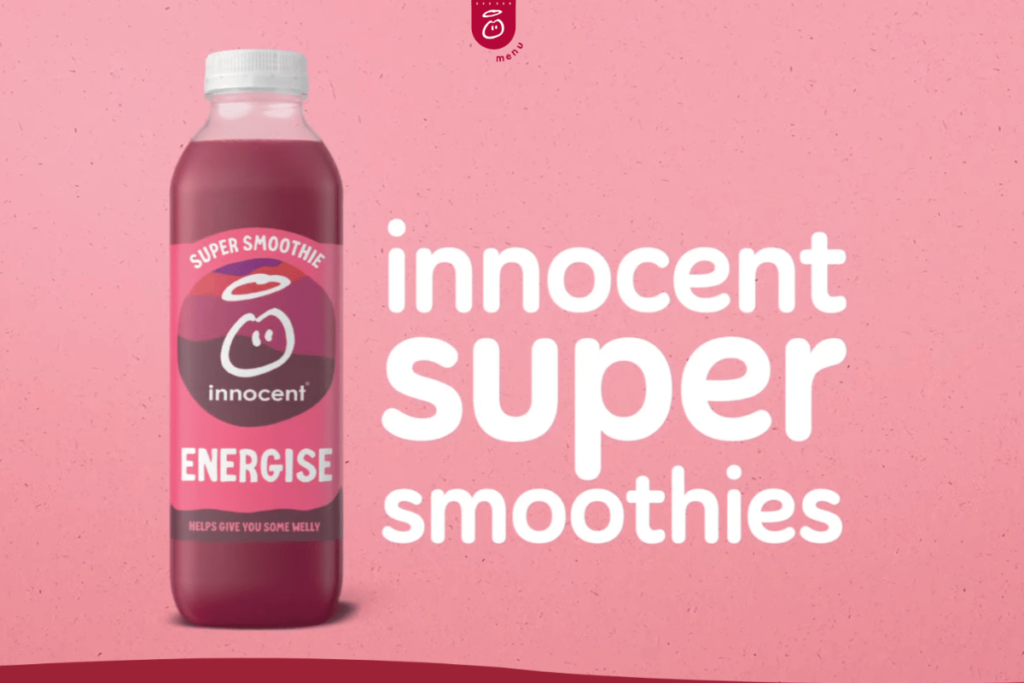
Innocent Drinks produces healthy beverages like smoothies, juices, and coconut water, focusing on natural ingredients, sustainability, and ethical business practices.
On their website, you can see how the brand aligns with values of inclusivity and positive impact, appealing to consumers who value ethical and healthy lifestyle choices.
Their messaging highlights their B Corp status and shows dedication to social and environmental responsibility — “We’re a proud B Corp.”
Even the menus’ lack of capitalization — “things we do for the planet,” “things we do for people,” and “things we do for kids” — reflect a casual and approachable tone, just like their friendly and relatable brand.
Messaging Framework Examples
A messaging framework is a structured tool that outlines a brand’s core messages. It serves as a foundation for all marketing, sales, and communication efforts and typically defines the target audience, value proposition, and positioning statement.
Let’s see a few messaging framework examples for more clarity:
5. Spotify
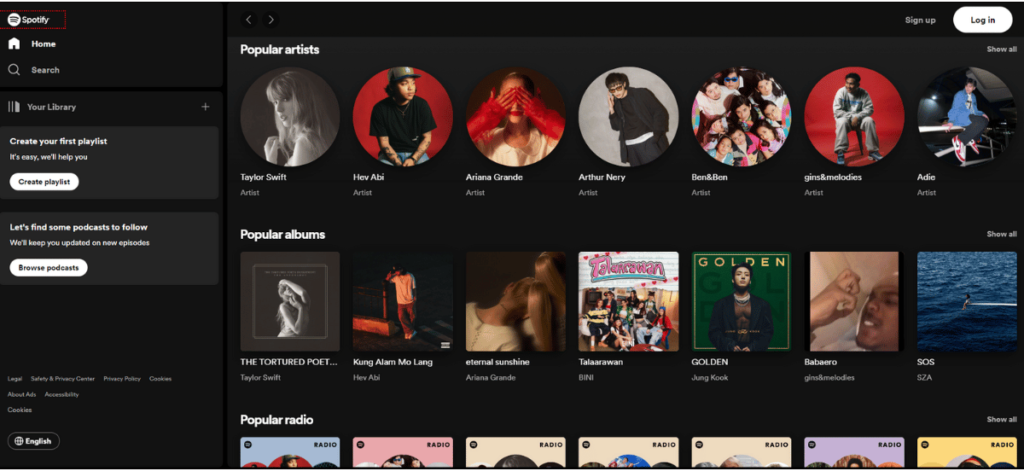
Spotify is a digital music streaming service that offers access to millions of songs, podcasts, and videos from artists worldwide.
- Target audience: Music and podcast enthusiasts of all ages, including tech-savvy users who seek personalized and on-demand content.
- Value proposition: Spotify offers a huge library of music and podcasts, powerful personalization features (to tailor content to individual preferences), and free and premium subscription options (for accessibility to a broad audience).
- Positioning statement: “Music for everyone” is simple yet powerful, emphasizing inclusivity and personalization.
6. Patagonia
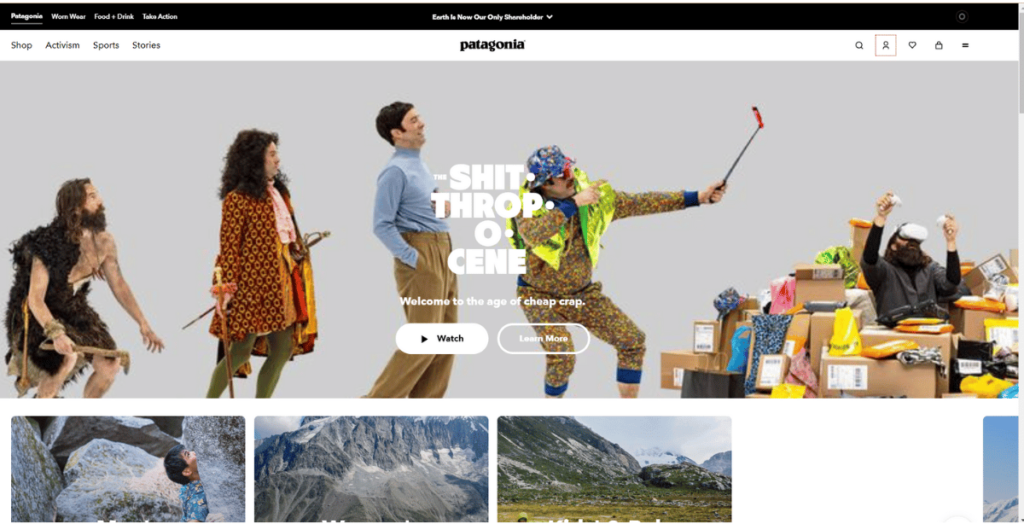
Patagonia is an American outdoor clothing company committed to environmental sustainability and ethical manufacturing.
- Target audience: Environmentally conscious consumers, outdoor enthusiasts, and ethical shoppers who value sustainability and high-quality outdoor wear.
- Value proposition: Patagonia provides sustainable, durable, high-quality outdoor clothing and gear. Their homepage says, “Fashion is none of our business,” and the company promises to avoid “making more crap no one needs.”
- Positioning statement: “We’re in business to save our home planet” shows its deep commitment to environmental activism and reminds us of its mission to combat the ecological crisis through business practices.
Brand Messaging Pillars Examples
Brand messaging pillars are foundational concepts that support and define a brand’s identity, values, and key differentiators. Typically, they include the brand’s mission, vision, value proposition, and unique selling points.
Let’s take a look at two specific examples for reference:
7. Carnivore Snax
Carnivore Snax produces high-quality, minimally processed meat snacks from regeneratively farmed animals. It focuses on purity and sustainability in its products and uses a simple web design with appetizing product visuals.
The Our Story page sums up its brand pillars in only 14 words:
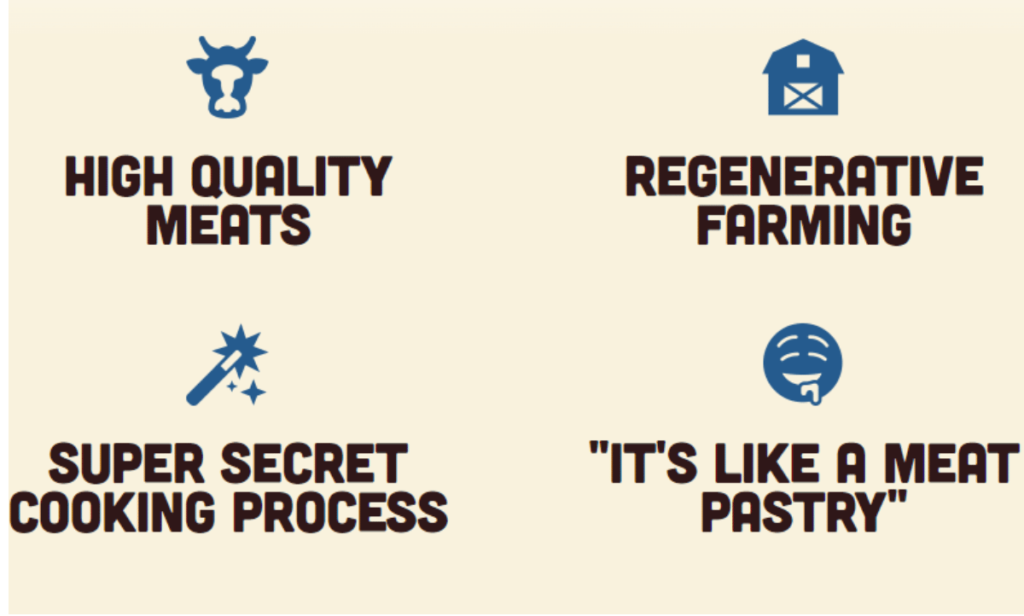
“High-Quality Meats,” “Regenerative Farming,” “Super Secret Cooking Process,” and “It’s Like a Meat Pastry” all act as key differentiators and form the foundation of how the brand communicates its values and identity to its audience.
These messages are crucial for building a trustworthy relationship with target consumers who value transparency, quality, and sustainability in their food sources.
8. TAZO

TAZO, a tea company, is committed to sustainability, environmental responsibility, and social justice initiatives.
Its brand pillars show up on the Purpose page, where it talks about “turning over a new tea leaf” through consistent efforts for:
- Environmental responsibility and climate justice: TAZO positions itself as a champion for the planet and its people.
- Sustainability and regenerative practices: The company transitioned to regenerative agricultural practices to reduce its environmental impact.
- Community and equity: TAZO supports BIPOC communities (Black, Indigenous, People of Color), particularly through the TAZO Tree Corps.
- Education and advocacy: The brand educates consumers on the links between climate change and racism and leads the conversation on climate justice.
These pillars communicate TAZO’s core values and commitments. They make it clear how the brand wants to be perceived and the impact it aims to have through its products and community actions.
Now that you’ve seen the benefits of having clearly defined brand pillars, I have to ask: Is your audience aware of what you stand for? If not, you could sort this out faster than you think. Start a FiniSprint to clarify your brand messaging pillars and make every single one of your messages more efficient from now on.
Product Messaging Examples
Product messaging is a strategic marketing approach that defines how a product is communicated to target audiences. It encompasses the product’s key benefits, features, and differentiators in a way that appeals to specific customer needs and preferences.
Here are two specific marketing messaging examples from brands in different industries:
9. Peloton
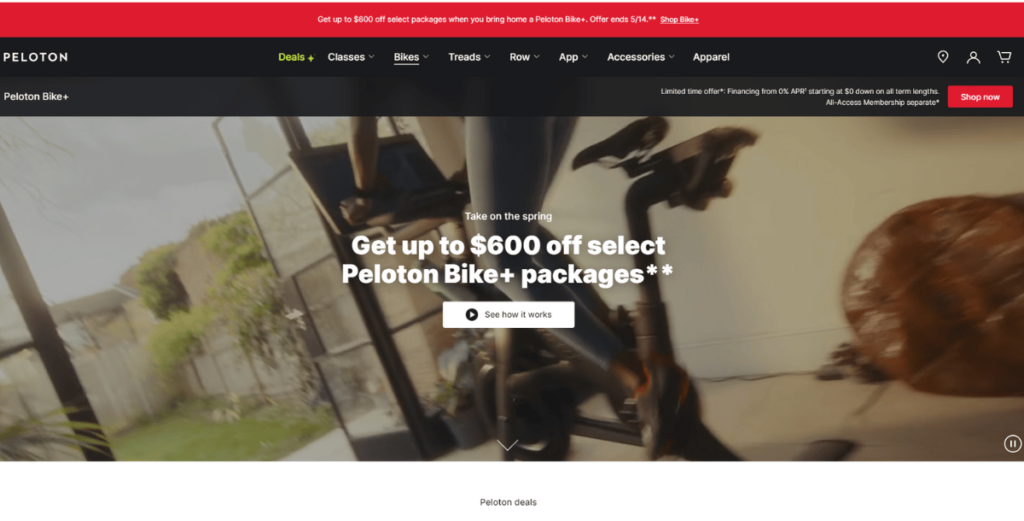
Peloton promotes its latest Bike Plus with a short but expressive product message: “Hit the floor for more.”
This is an example of a brand message that uses catchy phrasing to promote the bike’s features, especially the ability to integrate floor exercises with cycling workouts.
The messaging shows the product’s multifunctional aspect. So, while it tells us about Bike+’s added value, it catches the eye of customers looking for more complex workout solutions.
10. Beyond Meat
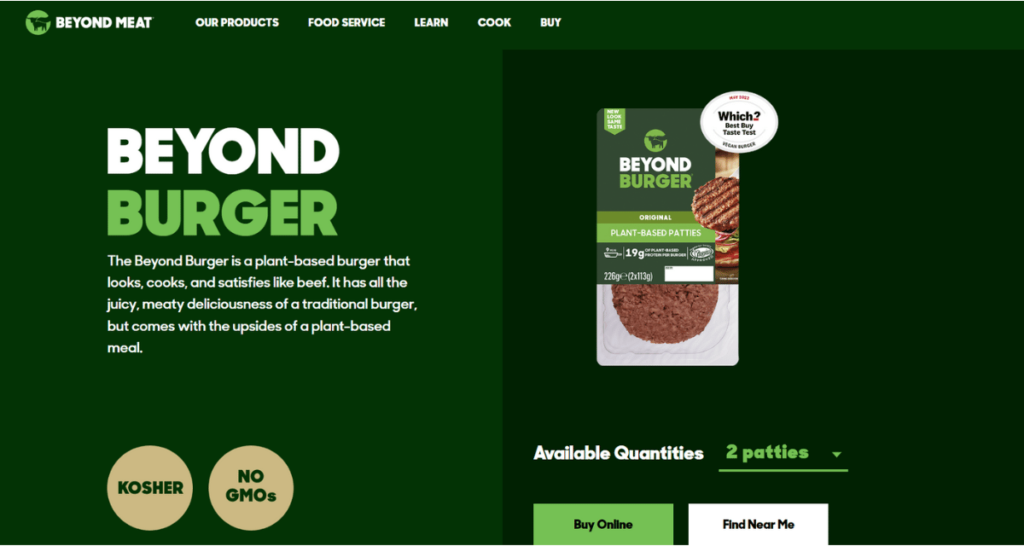
Beyond Meat promotes its vegetal Beyond Burger as a “plant-based burger that looks, cooks, and satisfies like beef.”
Many people who cut meat complain that plant-based alternatives hardly resemble it. So, this type of product messaging appeals to vegetarians, vegans, and meat-eaters looking for plant-based options.
The message summarizes the product’s key benefits and value proposition: the incredible resemblance to beef. Despite being short, it emphasizes unique selling points that align closely with consumer values and dietary trends.
What Strategies Can Be Used to Align Brand and Product Messaging?
To effectively align brand and product messaging, start by establishing a consistent tone and style across all communications. Document these details thoroughly.
Next, identify and articulate clear, unique selling points that echo your brand’s core values. Continuously refine your messaging to ensure it aligns with these values and meets customer expectations.
Finally, consistently select a few keywords and visuals to use in all marketing materials. This will enhance brand recognition even when promoting specific products.
How Can Product Messaging Influence Customer Perceptions and Decisions?
Previously, we talked about how product messaging presents a product’s key benefits, features, and differentiators in a way that appeals to specific customer needs and preferences.
From here, it’s easy to understand how product messaging can make your offer more attractive and shape customers’ perceptions of it.
Effective messaging sets expectations about the product’s value. It influences buying decisions by showing how it stands out from competitors and fits into the customer’s lifestyle.
What Role Does Customer Feedback Play in Shaping Product Messaging?
Customer feedback reveals what people appreciate about your product, what might be missing, and whether there are gaps in understanding. These insights will help you make your communication more relevant and compelling.
When shaping your product messaging based on customer feedback, you can clarify or simplify it so your target audience understands it correctly. This will motivate them to take action and try your product.
How Can Personalization Enhance Brand and Product Messaging?
Personalization makes messaging more relevant to each customer, increasing engagement and connection with the brand. Because it addresses individual needs, preferences, or past behaviors, it can make customers feel valued and understood.
Enhancing brand and product messaging with personalization often results in higher conversion rates and better customer retention. 78% of customers say brands that personalize make them more likely to repeat purchases and recommend the brand to others.
Sales Messaging Examples
Sales messaging effectively communicates your product’s value by addressing specific customer pain points with tailored solutions. Used primarily in sales interactions such as cold calls, emails, and meetings, it aims to persuade potential buyers close to a purchase decision.
This type of messaging focuses on clarity and relevance, emphasizing how the product explicitly meets the customer’s needs and why it is essential for them.
But let’s illustrate all this with examples:
11. Drift
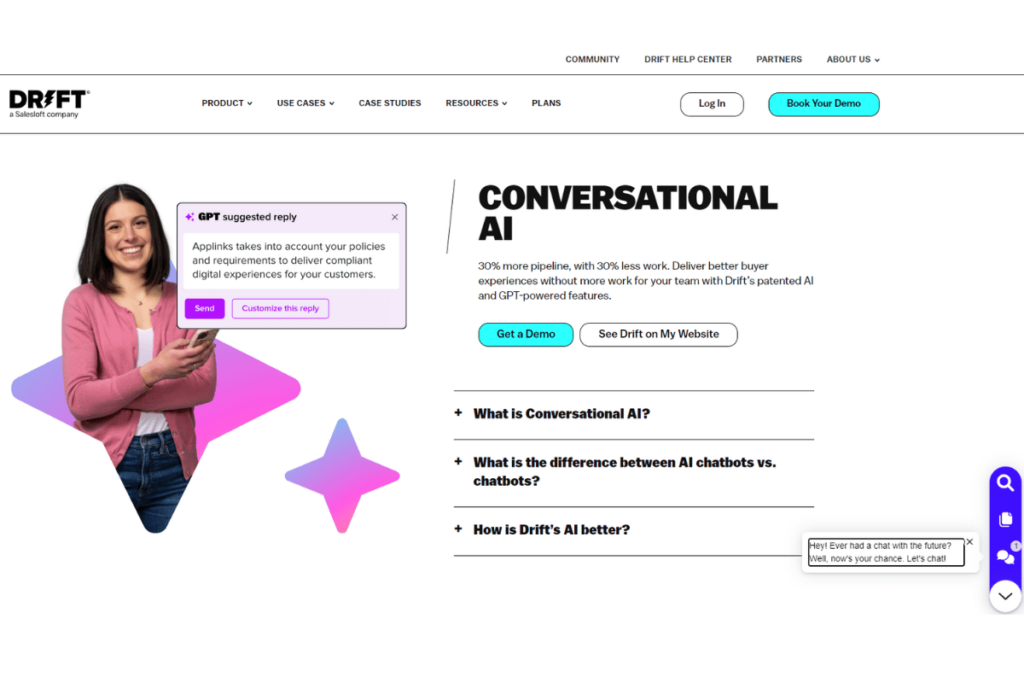
Drift offers conversational AI and chatbot solutions for companies wanting to extend customer support.
The landing page for its conversational AI product is filled with sales messaging like “30% more pipeline, with 30% less work,” ”Drift’s AI chatbots see 40% more engagement than button-only chat,” or even “50% of conversations happen after hours.”
All these statements directly highlight the product’s value in quantifiable terms. They demonstrate clear, measurable benefits that resonate with potential customers’ needs and challenges and can drive them to purchase.
12. MailChimp
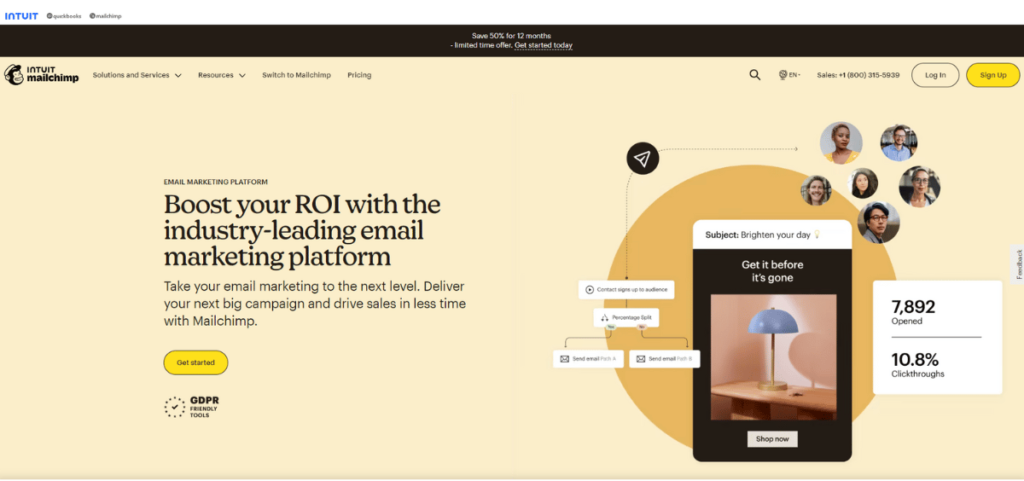
MailChimp is a marketing automation platform and email marketing service provider.
While its landing page is heavy on text, it sprinkles several elements typical of sales messaging, as you’ll see below:
- Value propositions and benefits: “Boost your ROI with the industry-leading email marketing platform” immediately communicates Mailchimp’s value.
- Quantifiable results: “Up to 39x ROI seen by Mailchimp users” and “$1.7K per campaign generated on average” are benefits tangible evidence.
- Call to Actions (CTAs): “Get started,” “Explore 300+ Integrations,” and “Discover our onboarding services” guide the user toward the next steps in the customer journey.
Social Media Messaging Examples
Social media messaging involves creating content to engage audiences on platforms like Facebook, Instagram, Twitter, etc. Such content aims to resonate with users, reflect the brand’s voice and values, and follow the platform’s communication rules.
Effective social media messaging boosts brand awareness and engagement. It can gain new followers and make active fans share content, leave meaningful comments, or visit websites.
Below, you’ll see some powerful examples of social media messaging:
13. Netflix
Netflix uses multiple profiles to speak to particular audience segments. Take a look at their Twitter account for Latinx fans:
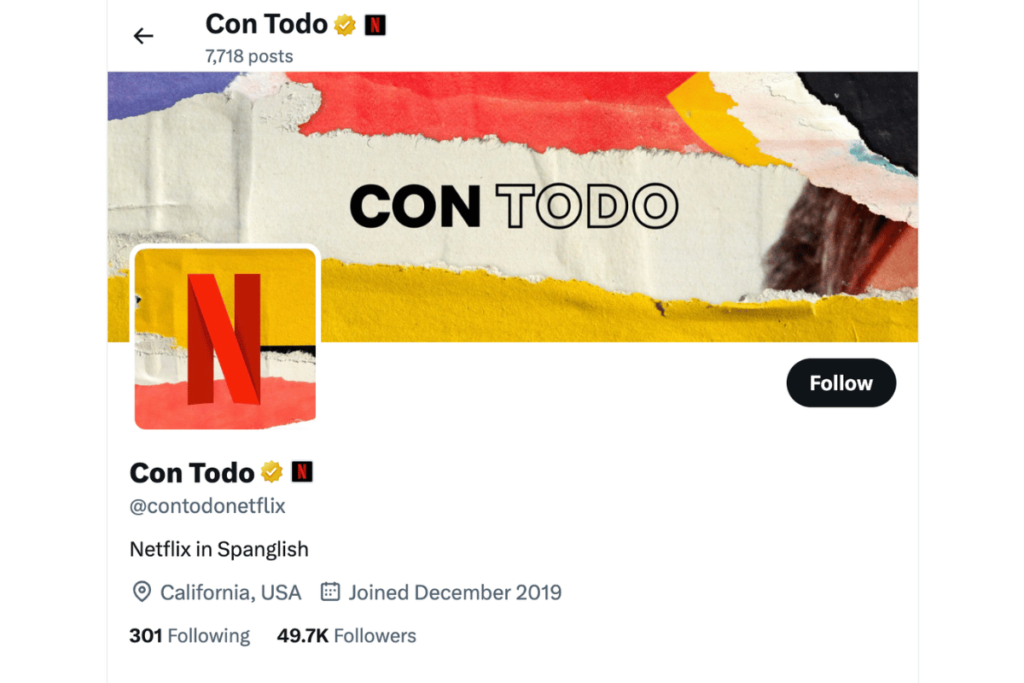
The account name, “Con Todo,” means “with everything” in Spanish. It speaks the target audience’s language and efficiently conveys that Netflix offers a full, rich content selection.
Also, the short bio, “Netflix in Spanglish,” speaks directly to Latino fans in a way they can relate to. It also highlights Netflix’s diverse content and shows that this company “gets” its audience, making fans feel even more connected to the brand.
14. Stanley
Stanley had a viral TikTok moment. While not planned, we’re discussing it because it perfectly reflects the company’s strong social media messaging strategy. After a customer shared a video showing her Stanley cup unscathed by a car fire, the brand responded by gifting her a new car.
Comments like “That’s how you do marketing” and “I’m gonna buy my first Stanley” started pouring in. The reactions were overwhelming, as you can see in the snippet below.
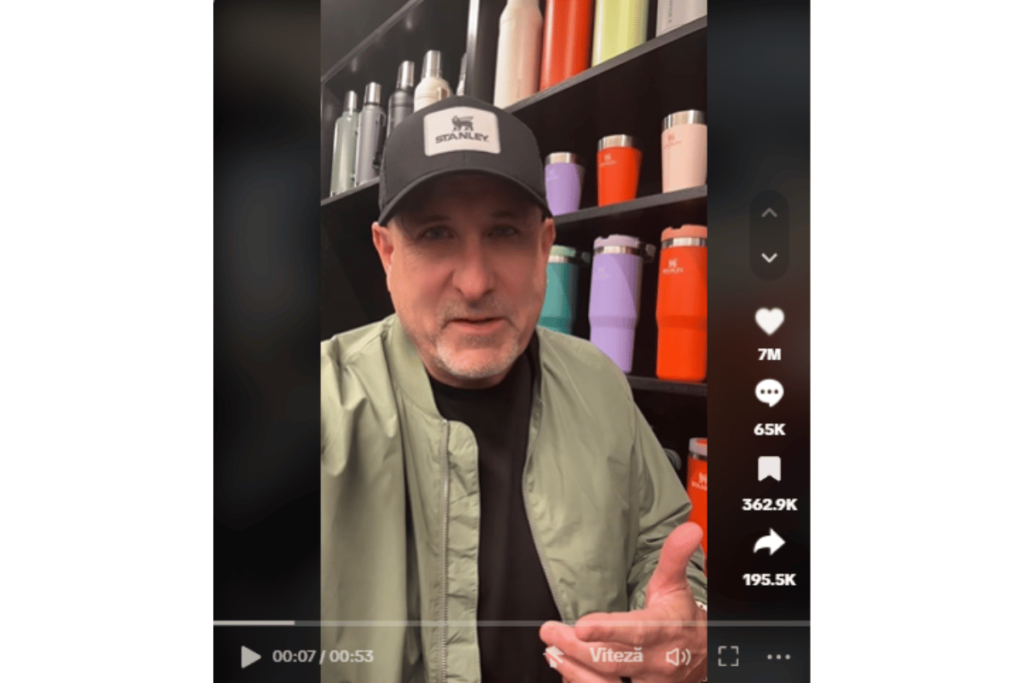
As unique as it is, the gesture proved Stanley’s commitment to customer engagement and authenticity. At the same time, the intense positive feedback underlines the power of genuine, reactive marketing in building brand loyalty and trust.
Frequently Asked Questions (FAQs)
Before putting pen to paper to draft your company’s key messages, check out the following FAQs about brand messaging:
What Is the Role of Consistent Brand Messaging Across Marketing Channels?
Consistent brand messaging across marketing channels ensures that a brand is recognized and remembered regardless of where customers encounter it. It builds trust, reinforces brand identity, and makes messaging more impactful. In short, it increases the likelihood of customer engagement and loyalty.
What Are the Challenges of Maintaining Brand Consistency Across International Markets?
Brand consistency in international markets requires navigating cultural differences, language barriers, and varying consumer behaviors. You must adapt communications to resonate with locals while keeping the core brand identity, which often requires help from a communications strategist.
Conclusion
From storytelling in B2C to value-focused communications in B2B, the messaging examples we’ve discussed have given you a roadmap for creating compelling brand narratives.
Each example reflects the importance of clear and consistent messaging in building a solid brand-customer connection. If you want to develop similar inspiring messages that make your audience understand your brand and convert, it’s time to take action.
Book a discovery call with me, and we’ll talk about how we can give your brand the direction it needs to become the talk of the town.



